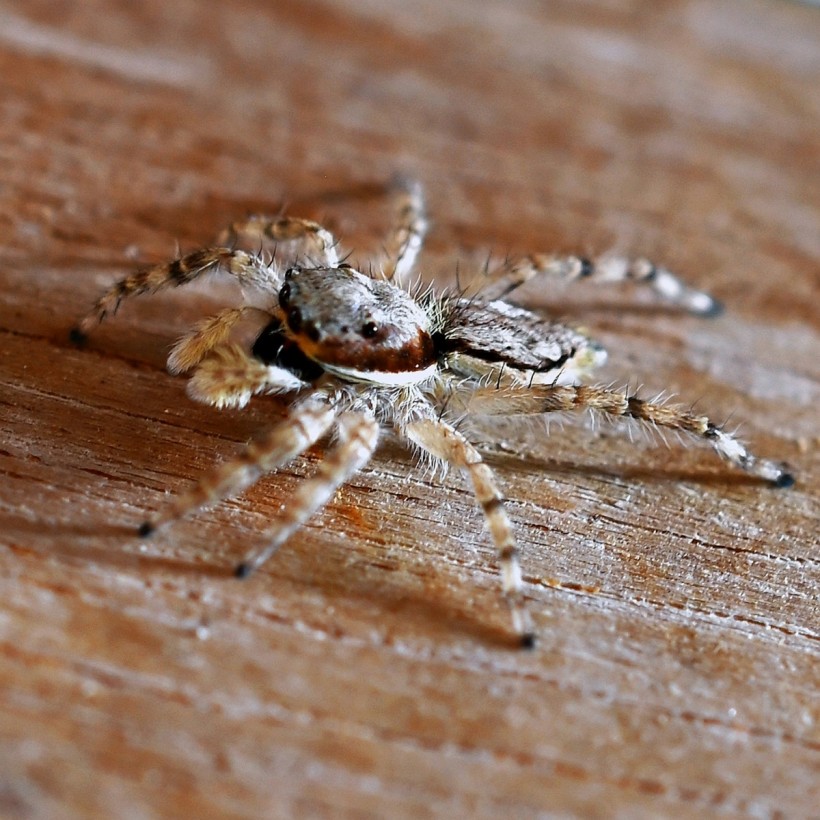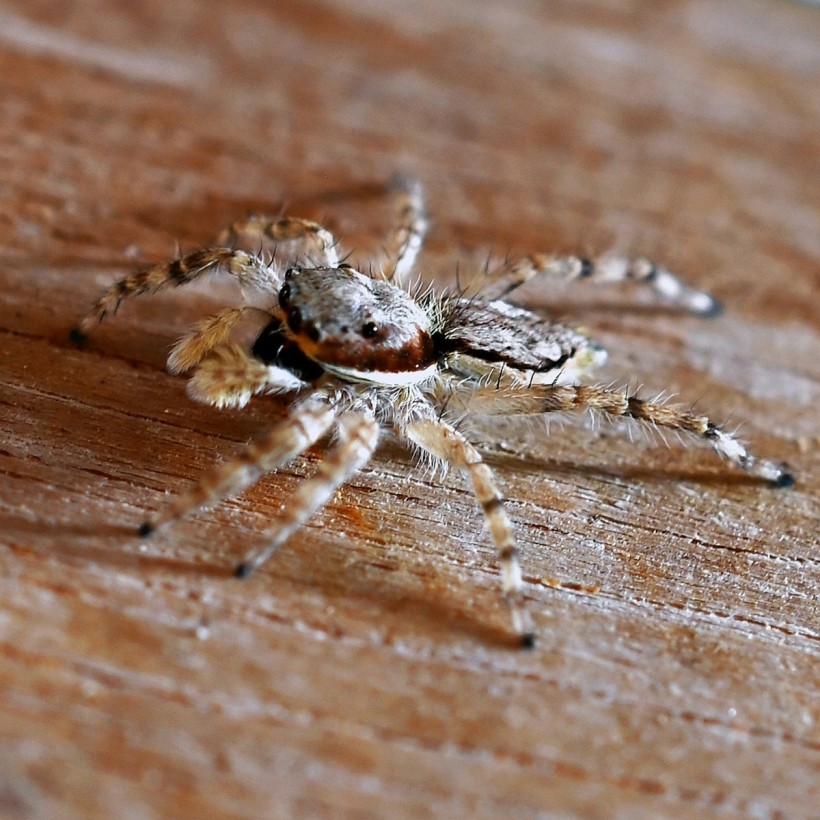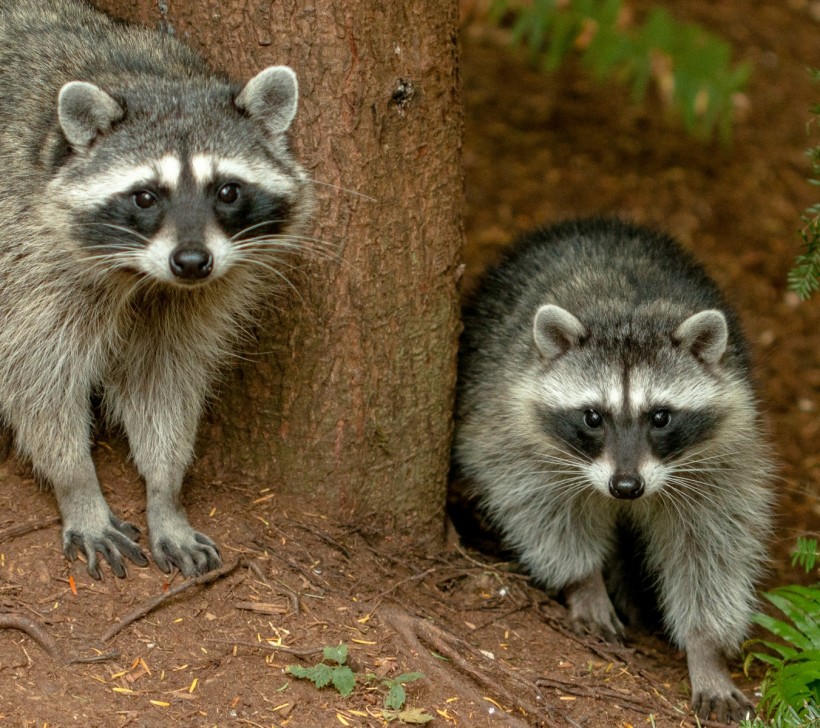[ad_1]
Giant spiders may be a stuff of nightmare for some people, especially individuals with arachnophobia, which pertains to the irrational fear of spiders and other arachnids. One such eight-legged freak is the Joro spider which is known for its large size relative to other spider species. In previous years, these giant spiders have been reported to be spreading in some parts of the United States, particularly in the Southeast region.
Despite their perceived scary persona, Joro spiders and others of their kin are, in fact, beneficial to the environment and to the natural balance of ecosystems. This is because spiders include pests like ants, flies, and mosquitoes in their diet. Otherwise, these pests can be harmful to other native animals and to humans as well. However, a new study shows that these giant spiders living near active roads in cities affect their ability to catch prey.
Giant Spiders and Active Roads

Spiders can be found both outdoors and indoors, with some creeping inside households and commercial establishments where they can survive. These arachnids, as mentioned earlier, feed on insects such as mosquitoes that can carry various diseases. Furthermore, they are capable of catching and killing their prey efficiently through the use of web traps. After all, spiders (whether large or small) are ambush predators.
Although the track record of spiders shows that they are efficient killers of their prey, a new research paper reveals that cities and highways impact giant spiders, especially their ability to catch prey. In the study published in the journal Arthropoda on February 13, academics from the University of Georgia in the United States found that giant spiders living near active roads are the arachnid population most affected by busy urban environments.
In the February 2024 research article, the University of Georgia team acknowledged and conducted their study under the context that the invasive orb-weaving Joro spider from East Asia is currently spreading across the southeastern US. Yet, they found that disturbances, including noise and vibration, near roads alter the behavior and physiology of the animals. These disturbances also affect the local ecosystem involving giant spiders and their prey.
Also Read: Trapdoor Spiders: New Giant Spider Species Discovered in Australia
Spider Benefits to the Environment
Even if the urban tolerance of giant spiders affects their prey-capture behavior, arachnids in other parts of a city away from busy roads bring benefits to the environment. Some of the advantages of having spiders around are that they eat household insects, protect crops from pests, and are good for gardens. The arachnid predators, in particular, keep the population of cockroaches, ticks, and other insects in check.
Due to the importance of spiders, experts recommend people to avoid killing spiders in their homes. However, the case is different if a venomous spider is already posing a serious threat to individuals and their families.
Related Article: Jorō Spiders: Yellow and Blue-Black Shy Giants Spreading Across the US
© 2024 NatureWorldNews.com All rights reserved. Do not reproduce without permission.
[ad_2]



